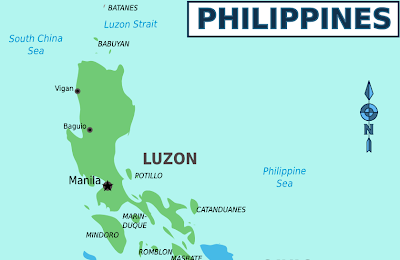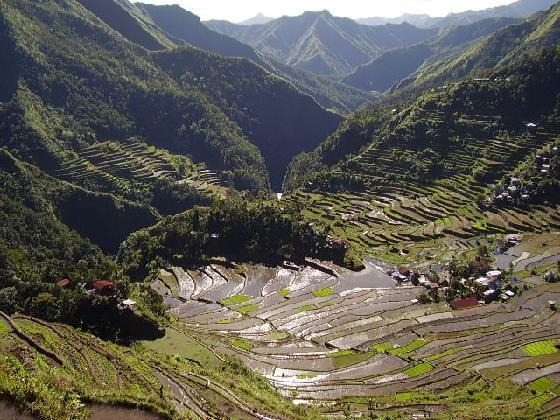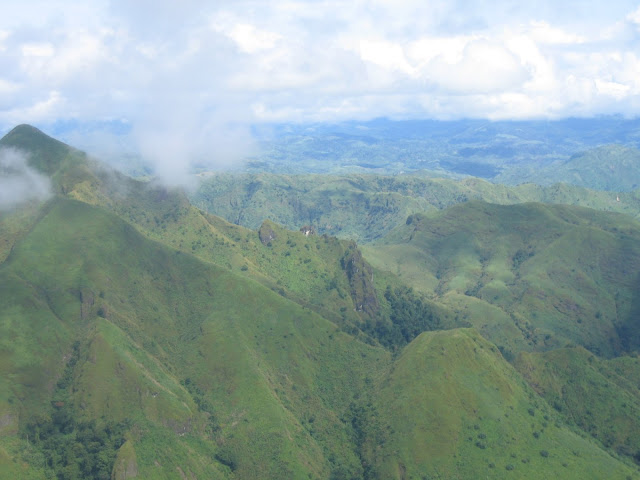Luzon is the largest island of the Philippines and one of the three island groups in the country, the other two being Visayas and Mindanao. Luzon has 104,688 square kilometers and nearly forty million people, making it the fifteenth island in the world by land area and the fifth by population. It houses the country's capital, Manila, and the most populous city, Quezon City.
The island is mountainous and is bordered to the west by the South China Sea, to the east by the Philippine Sea and to the north by the Strait of Luzon.
Irrigated terraces which rise in the Cordillera Central Luzon have two thousand years. By transplanting rice, farmers are the same things that the pioneers who once clip the mountain espaliers.
The island is dotted with volcanoes whose assets Pinatubo west, less than a hundred kilometers from the capital Manila.
~~~
~~~
The production of rice is enough for the needs of the country: for up to three harvests per year, it is cultivated in effect now plain forcefully fertilizers and pesticides.
The island of Luzon is administratively divided into eight regions and each of these areas in several provinces. Administrative centers are merely a formality no more important than being the head of the regional tourist offices. The power is controlled by the provincial governments. The regions are:
The island is mountainous and is bordered to the west by the South China Sea, to the east by the Philippine Sea and to the north by the Strait of Luzon.
Irrigated terraces which rise in the Cordillera Central Luzon have two thousand years. By transplanting rice, farmers are the same things that the pioneers who once clip the mountain espaliers.
The island is dotted with volcanoes whose assets Pinatubo west, less than a hundred kilometers from the capital Manila.
~~~
~~~
The production of rice is enough for the needs of the country: for up to three harvests per year, it is cultivated in effect now plain forcefully fertilizers and pesticides.
The island of Luzon is administratively divided into eight regions and each of these areas in several provinces. Administrative centers are merely a formality no more important than being the head of the regional tourist offices. The power is controlled by the provincial governments. The regions are:
- Ilocos (Region I)
- Cagayan Valley (Region II)
- Central Luzon (Region III)
- CALABARZON (Region IV-A)
- MIMAROPA (Region IV-B)
- Bicolandia (Region V)
- The Cordillera
- Metro Manila



No comments:
Post a Comment